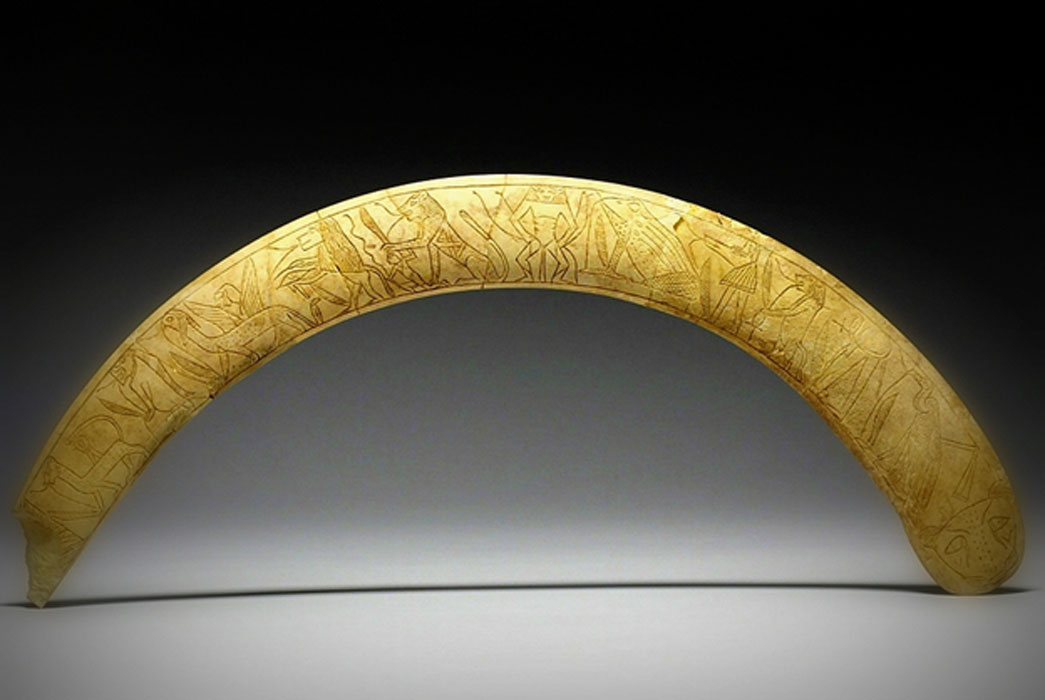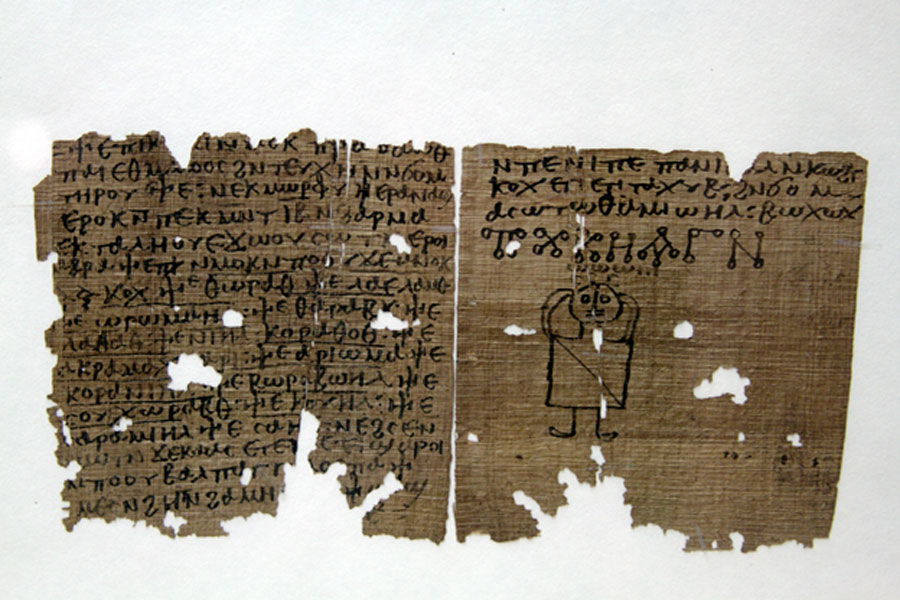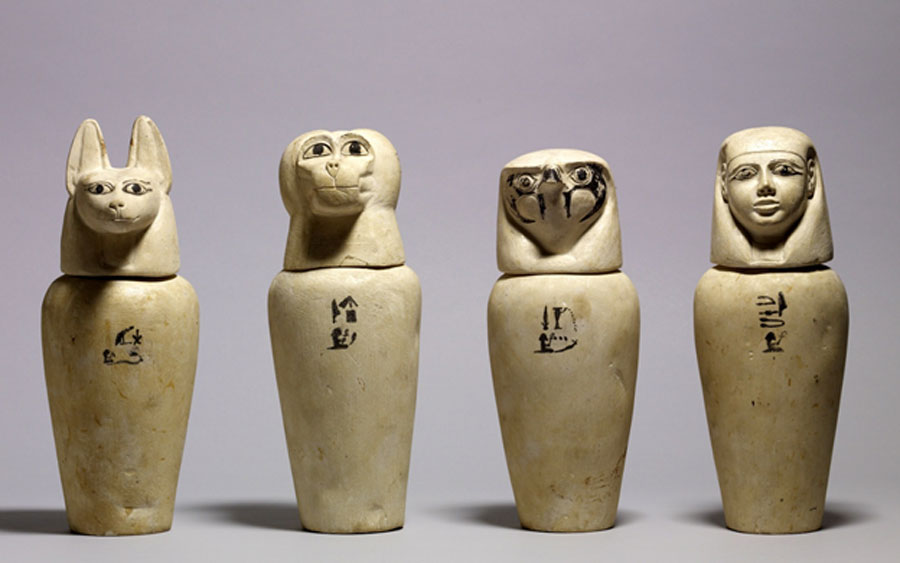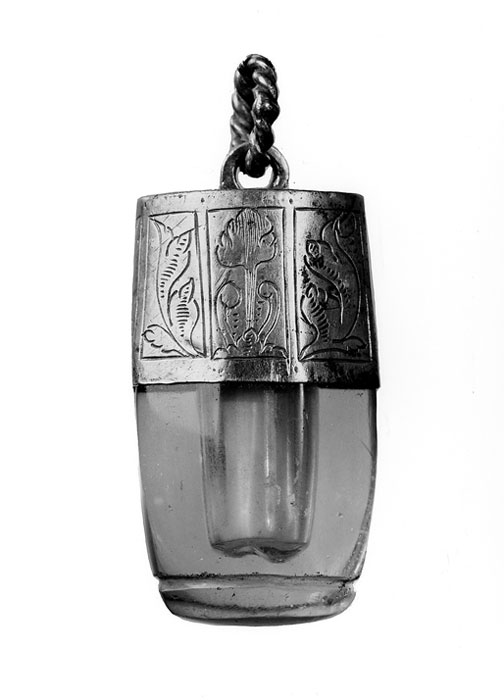
Think Egypt Think Magic: Essence of Spells, Incantations, Amulets and Absolute Faith – Part II
Popular stories from different eras of ancient Egyptian history reveal staggering and incredible tales of magical feats that were performed by lector priests, sorcerers and even kings. How much of this was true? Did the masses blindly follow practices involving magic, or was this unshakeable faith, based on concrete results, that constituted their core belief?

Coptic codex with magic spells – fifth to sixth century AD. Museo Archeologico, Milan. (CC BY-SA 3.0)
Writhing Snakes and Ravenous Cows
Lector priests were highly-trained in understanding the content in the wealth of documents present in the House of Life. Also, their standing as interpreters of dreams was probably based on the review of ‘Dream Books’. There are tales galore, that encompass royalty and commoners alike; and they recount incredible instances of the workings of magic in ancient Egypt. A prime source is The Westcar Papyrus dated to the Second Intermediate Period (circa 1782 - 1570 BC), but probably penned during the Middle Kingdom (2040 - 1782 BC). This document contains five stories about extraordinary tricks performed by magicians and priests.

This set of canopic jars from Abydos contained the internal organs removed from the body during mummification. The four sons of Horus represented on the lids were believed to protect these organs. (Walters Art Museum)
In the first story, the sons of Pharaoh Khufu compete to entertain the ruler with accounts of the magical deeds of famous lector priests; notably Imhotep and Prince Hardjedef, years after their demise. The second tale told by Pharaoh Khafre is about a furious chief lector priest, husband to an unfaithful wife. He transformed a wax crocodile into a real one and used it to destroy the paramour. The third, recited by Bauefre, Khufu’s son, involves chief lector priest Djadjaemankh and Pharaoh Sneferu; in which the magician parted the waters of a pleasure lake to recover the pendant dropped by a concubine - millennia before Moses parted the Red Sea!
The fourth story narrates the encounter of Khufu with a magician named Djedi, whose skill it was to rejoin decapitated heads. “Let a captive who is shut up in prison be brought to me so that I may inflict his doom upon him,” the king ordered. But Djedi persuaded Khufu saying he would rather perform the act: “upon some creature that belongeth to the sacred animals.” A goose, a khet-âa bird and finally an ox were duly presented; and the miracle was performed successfully on all these creatures by the recitation of magical spells. The final tale, in third person, revolves around Rededjet who receives a visit from Isis, Nephthys, Meskhenet, Heket and Khnum on Ra’s orders; and together, they help the lady give birth to three sons—the first three kings of the 5th Dynasty: Userkaf, Sahure, and Kakai.





